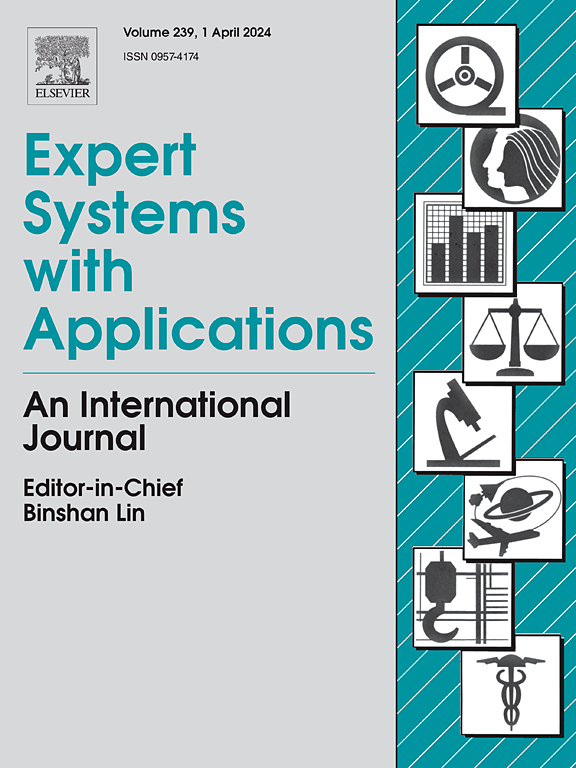Hybrid path planning algorithm for robots based on modified golden jackal optimization method and dynamic window method
IF 7.5
1区 计算机科学
Q1 COMPUTER SCIENCE, ARTIFICIAL INTELLIGENCE
引用次数: 0
Abstract
Traditional path planning algorithms still face significant challenges in large-scale scenarios with high-density irregular obstacles, such as low search efficiency, limited obstacle avoidance capabilities, and a tendency to get trapped in local optimum. To overcome these challenges, a hybrid route planning algorithm combining the Modified Golden Jackal Optimization (MGJO) algorithm and the Improved Dynamic Window Approach (IDWA) is proposed. To resolve the issue of getting trapped in local optimum and enhance global search efficiency in global path planning, the MGJO algorithm is synthesized based on nonlinear energy attenuation, diverse search strategies, and a guiding mechanism inspired by African vultures. To improve obstacle avoidance efficiency and ensure smoother local paths, the IDWA algorithm is redesigned by optimizing the obstacle distance evaluation function. In global path planning, the MGJO algorithm is evaluated against some state-of-the-art optimizers on 23 benchmark functions. In three different environments, the average path length of the MGJO algorithm over the original algorithm is improved by 10.76%, 16.72% and 25.46%. In local path planning experiments for mobile robots, the IDWA algorithm avoids the local optimum in small and medium-sized maps. In large maps, it significantly reduces the number of the local optimum occurrences, from 6 times to 2 times. The feasibility of the algorithm is validated in real-world experiments.
基于改进金豺优化法和动态窗口法的机器人混合路径规划算法
传统的路径规划算法在具有高密度不规则障碍物的大规模场景中仍然面临着搜索效率低、避障能力有限、容易陷入局部最优等重大挑战。为了克服这些挑战,提出了一种将改进的Golden Jackal Optimization (MGJO)算法与改进的动态窗口法(IDWA)相结合的混合路径规划算法。为了解决全局路径规划中陷入局部最优的问题,提高全局搜索效率,基于非线性能量衰减、多样化搜索策略和受非洲秃鹫启发的引导机制,综合了MGJO算法。为了提高避障效率,保证局部路径平滑,通过优化障碍物距离评估函数,重新设计了IDWA算法。在全局路径规划中,MGJO算法在23个基准函数上对一些最先进的优化器进行了评估。在三种不同的环境下,MGJO算法的平均路径长度比原算法分别提高了10.76%、16.72%和25.46%。在移动机器人局部路径规划实验中,IDWA算法避免了中小地图的局部最优。在大型地图中,它显著减少了局部最优出现的次数,从6次减少到2次。通过实际实验验证了该算法的可行性。
本文章由计算机程序翻译,如有差异,请以英文原文为准。
求助全文
约1分钟内获得全文
求助全文
来源期刊

Expert Systems with Applications
工程技术-工程:电子与电气
CiteScore
13.80
自引率
10.60%
发文量
2045
审稿时长
8.7 months
期刊介绍:
Expert Systems With Applications is an international journal dedicated to the exchange of information on expert and intelligent systems used globally in industry, government, and universities. The journal emphasizes original papers covering the design, development, testing, implementation, and management of these systems, offering practical guidelines. It spans various sectors such as finance, engineering, marketing, law, project management, information management, medicine, and more. The journal also welcomes papers on multi-agent systems, knowledge management, neural networks, knowledge discovery, data mining, and other related areas, excluding applications to military/defense systems.
 求助内容:
求助内容: 应助结果提醒方式:
应助结果提醒方式:


